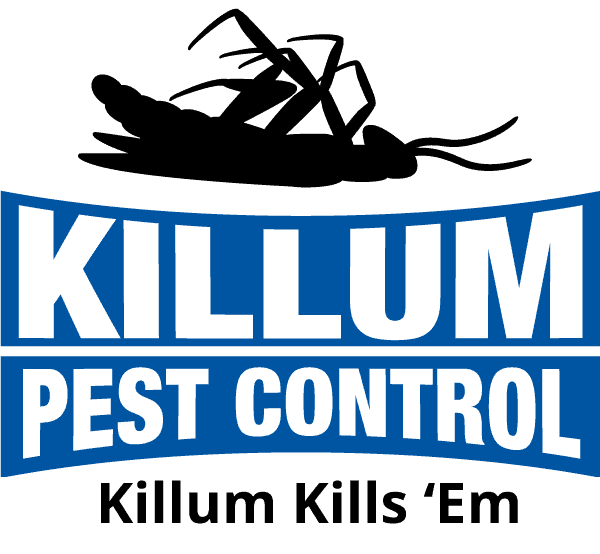Introduction
Termites might not be on your mind as you go about your day, but they’re certainly gnawing away at the peace of many homeowners in Houston. The Texas Gulf Coast area, with its warm climate, provides an ideal setting for these wood-loving pests, particularly the aggressive Formosan termites. These termites can cause significant damage to properties if left unchecked, making it crucial for residents in places like Pearland, League City, and other neighboring towns to stay vigilant about signs of an infestation.
Formosan termites are notoriously difficult to handle because of their large colonies and voracious appetite for wood. As we approach May, when termite activity is at its peak due to warmer temperatures, it’s the perfect time to learn more about these pests. Understanding the tell-tale signs of their presence can save you a headache and a hefty repair bill down the line. So, let’s explore what exactly to look for and how you can safeguard your home in Houston from these pesky invaders.
Common Signs of Formosan Termite Infestations
Spotting a Formosan termite infestation early can be a bit like solving a mystery. These pests make themselves at home quietly, so catching the clues they leave behind is key. First, you might notice mud tubes along your foundation or walls. These are like termite highways, allowing them to travel and access their food source while remaining protected from the outside environment.
Wood damage is another major red flag. You might see hollowed-out wood or a rippling effect on surfaces. This generally happens underneath the surface, so tapping wood for a hollow sound can help confirm any suspicions. Furthermore, if you spot discarded wings near windowsills or door frames, it’s a good indication that termites are nearby. They tend to shed their wings after swarming, a typical action for forming new colonies.
Formosan termites can be spotted by their unique physical traits. They are generally a pale yellowish-brown and slightly larger than other species. Keeping an eye out for these characteristics can help differentiate them from other termites. By staying aware of these signs, you can act swiftly to prevent further damage to your home. When in doubt, consulting with a professional can provide peace of mind and ensure your home remains safe from these uninvited guests.
Impact of Formosan Termites on Homes
Once Formosan termites have invaded, their impact on homes can be profound. Their appetite for wood can lead to serious structural damage, often without any obvious signs until it’s quite advanced. For example, homeowners might suddenly notice a door frame becoming unstable or wooden beams softening, raising immediate concerns about safety and repair costs.
Financial implications add another layer of worry for many in Houston. Repairing termite damage can be costly, from minor fixes to more extensive structural replacements. This makes recognizing the problem early even more crucial. Some local homeowners have shared experiences of noticing unusual odors or hearing faint clicking sounds—a subtle but telling sign of termite activity inside their walls.
Preventative Measures for Protecting Your Home
To protect your home from these tiny invaders, a proactive approach works best. Here’s a handy checklist:
– Reduce Moisture: Termites thrive in damp environments, so addressing any leaks or pooling water around your home’s foundation can deter them.
– Remove Wood Debris: Bits of wood or mulch close to your house provide a perfect meal site, inviting termites to venture closer. Keep these materials away from direct contact with your home.
– Seal Entry Points: Cracks in your foundation or around utility lines are like open doors for termites. Sealing them up helps keep these pests out.
– Routine Inspections: Regular checks, especially in basements and attics, can catch early signs of infestations, preventing more significant issues later on.
– Regular Property Maintenance: Simple actions like maintaining a healthy distance between your home’s wood elements and the soil reduce risk.
Periodic inspections and prompt maintenance can go a long way in saving both time and money, keeping your home safe from pests like Formosan termites.
How to Deal with a Formosan Termite Infestation
When suspicions of an infestation arise, resorting to professional pest control services is the best course of action. Trained experts inspect your property thoroughly, identifying the extent of the infestation and creating a tailored treatment plan.
The treatment process typically involves:
– Initial Inspection: Professionals assess the damage, locate termite colonies, and identify vulnerable areas.
– Treatment Methods: Options may include chemicals, baiting systems, or physical barriers, depending on the infestation’s severity and location.
– Follow-Up and Monitoring: Ongoing checks ensure the treatment’s effectiveness, guarding your property against future infestations.
Professional guidance reassures homeowners that their pest problems are being handled safely and effectively. Investing in such services not only helps eliminate existing termites but also safeguards your property for the long term.
Protecting Your Houston Home from Formosan Termites
Staying ahead of termite threats means keeping a watchful eye and responding quickly when signs appear. Knowing what to look for, employing preventative strategies, and getting expert help when needed all contribute to protecting your home. Staying informed and proactive is the key to minimizing harm and keeping your Houston residence safe from these voracious insects. Taking these steps now helps ensure your peace of mind and the preservation of your property well into the future.
If you’re concerned about the impact of a potential infestation, addressing the threat of Formosan termites in Houston early can help prevent costly damage. Trust the experienced team at Killum Pest Control, Inc. to provide effective treatment solutions and protect your home with proven strategies. Take proactive steps to safeguard your property today.





